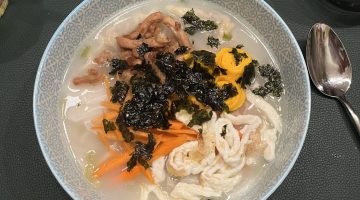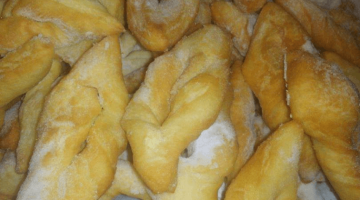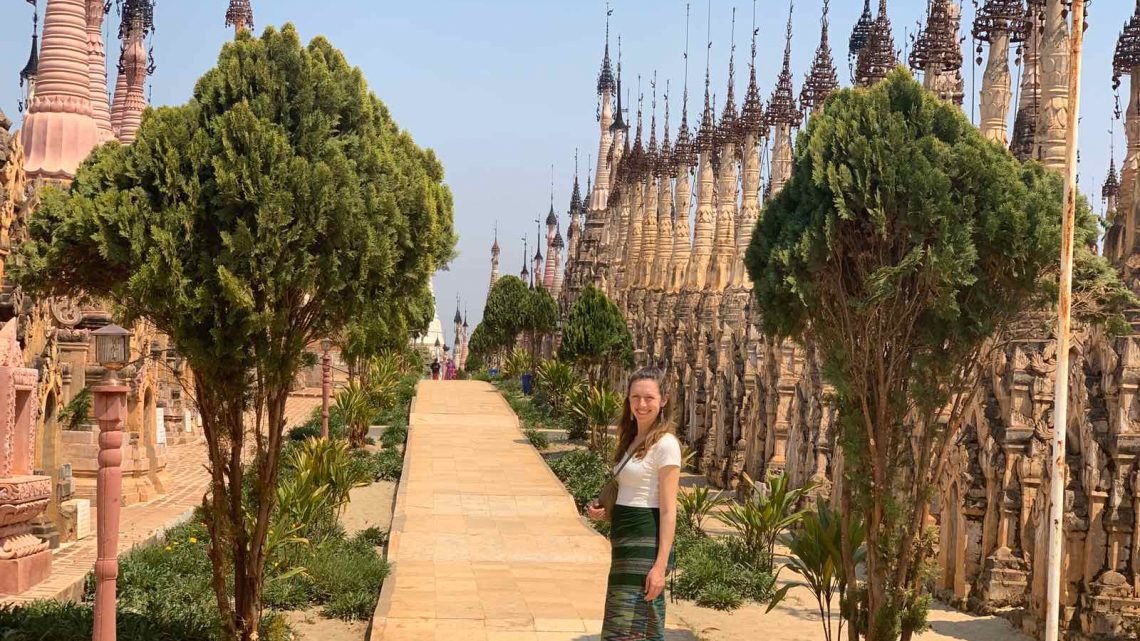For students, experiences abroad are always a good chance to get an understanding and impression of what happens outside their own bubbles and how other cultures work. FHEWS talked with Kristin Peters who had the chance to travel to Myanmar for her Master thesis. She is studying environmental management at the CAU.
Kristin, why did you choose Myanmar? Where did you get the inspiration?
Actually, I did not choose Myanmar. It was already a topic of my university and they asked us if some would be interested in doing research at Inle Lake in connection to the Master thesis. First, I had to google the location of Myanmar because I did not immediately know it. Until then I had never been to Asia. After some researches, it was an easy decision for me to say “Yes”.
How did the application procedure work? Were there any difficulties while preparing for your travel?
For financing my travel, I had to apply for the scholarship “Promos”. “Promos” is a scholarship for short time mobilities of students outside of Europe. I already got in touch with it when I studied in Namibia, so I thought I know what I was supposed to do. It turned out to be a little more complicated then I first assumed. They asked me for a long motivational letter, including a description of what I intended to do while being in Myanmar and a detailed time scheduled. The problem was that until then I had only a rough idea what I am going to do there. So, I had to start planning my trip half a year in advance, which in the end was truly useful.
What was your first impression of Myanmar?
I arrived in Yangon which is with nearly six million inhabitants the biggest city of Myanmar. Compared to Germany it was hot (between 35 und 40 degrees), loud and smelly mostly because of the rubbish. Unfortunately, I had to stay in my hotel room the complete first week because I got sick. I did not know if it was caused by the water or by the food.
You told us before that you traveled to Myanmar for your Master thesis. What did you exactly do there?
From Yangon I traveled to the main touristic place in Myanmar, the Inle Lake. There I did researches on the impacts of land use on the water quality. I worked together with a PHD student from the university in Yangon, which was helpful for the translation, but she also taught me a lot about water resources management.

How would you describe the culture? Where do you see big cultural differences between Germany and Myanmar?
Unfortunately, I had to leave three weeks earlier than I had planned due to the Corona Virus. In Myanmar there were no infections until then, but I was afraid that no flights would be going back to Germany. I stayed four weeks in Myanmar, so of course I could not get the full impression of the culture. I would say that comparing Germany and Myanmar is not possible because the countries are so different. In general, they eat Asian food like rice and curries, which is similar to Thai and Indian food. The People are a little bit shy but really friendly and welcoming. They do not talk much at the beginning, but most of them are very interested to get to know you and your country.
One big difference is the religion. Most People in Myanmar are Buddhistic, which is the fourth biggest world religion. I like the religion and for me it seemed like the people are more open minded because of it.
What was inspiring?
The Pagoda, the Buddhistic temples, were really inspiring. They are old, beautiful and big golden buildings. You always enter the Pagodas barefoot. You cannot go inside the Pagoda, it is more like a park. Tourists have to pay a small amount of money as a visiting fee. The amount depends on the size of the Pagoda. Locals do not pay. You also buy flowers and a colorful stick for Buddha when you enter the Pagoda. Then you walk in and go to your birthday weekday. In every Pagoda are eight small houses with animals next to them. Each of them is a weekday. In my case I had to go to Wednesday afternoon. Wednesday has two houses: morning and afternoon. You put the flowers and the stick inside a bucket and pour water over the animal. I had to do it 25 times because I am 25 years old. Interesting is also, that people use the Pagodas as a place for social interaction. Families and people are meeting there.

Could you tell me one fact about Myanmar you do not know before?
I knew they are wearing traditional long skirts. But what I didn’t know was that both men and women wear it. Themes difference is that men tie a knot into the front side of their skirts while women wrap it.
You told me before that you already studied in Namibia and in Brazil. How do you react on difficult situations and what are your advices and tips for students who are going to travel or study abroad?
Do not be too afraid of doing or saying something wrong. Talk to locals and be interested in everything they do, even if it seems weird to you in the beginning. Most of the time the locals are also happy to get to know you and your country. It is helpful to learn the language of the country or try to learn some words. Despite that making plans is good, but you should be able to change these plans. I am always trying to react to the circumstance and adapt to things which are going on around me.
Do you have any rituals when you travel?
It is more that I have learned to watch my stuff. I experienced a lot of times that something was stolen. I am not afraid of it, I am just keeping an extra eye on them.
Thank You for Your time and keep well!
Interview: Hanna Pralle
![FHews – [ fju:s]](http://fhews.de/wp-content/uploads/2015/05/fhews_logo2_3B8ACC.jpg)










No Comment